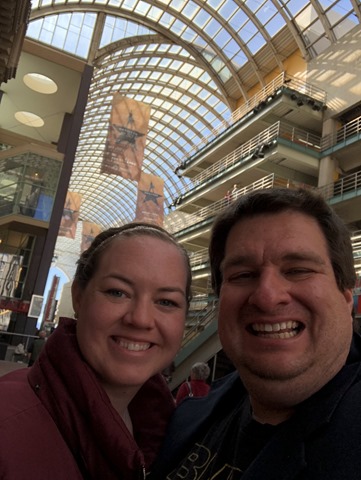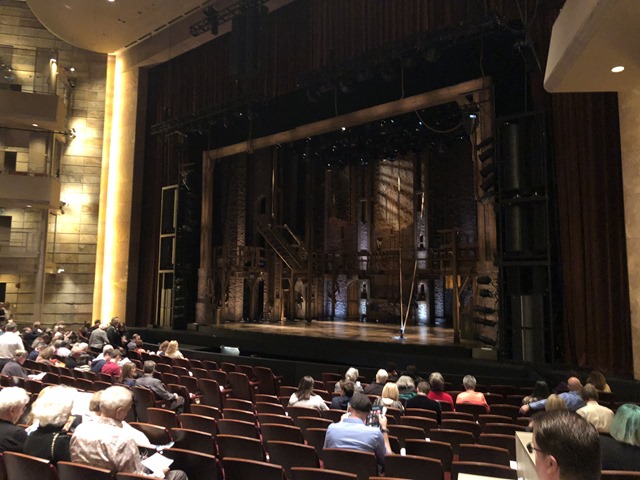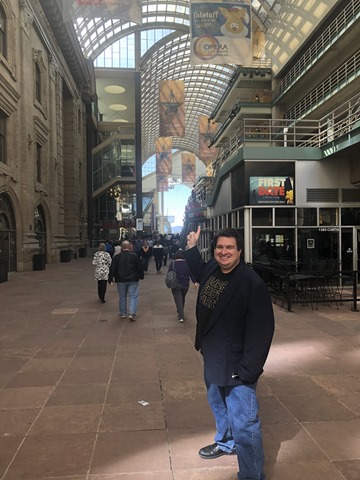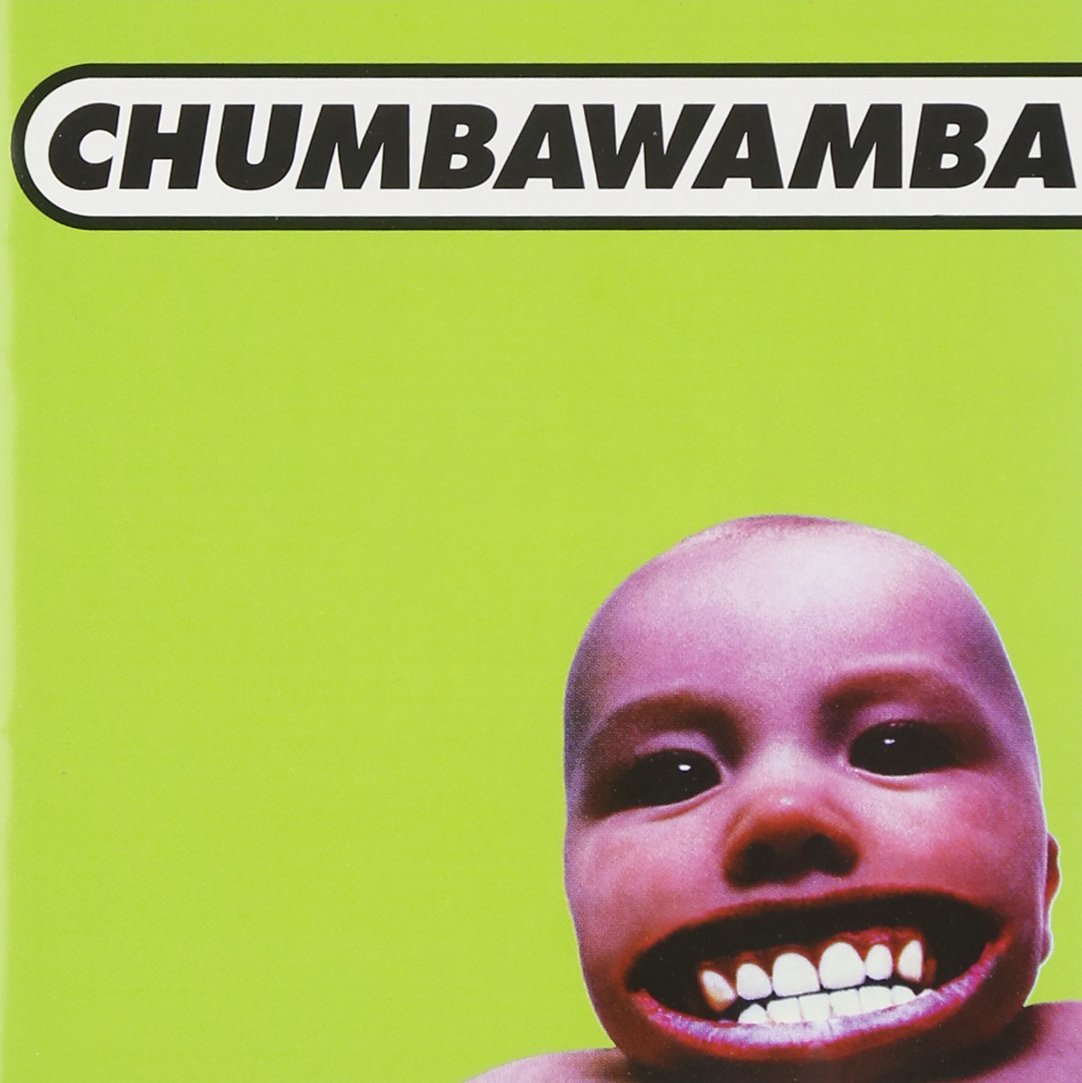Re: John Vazquez: To the taxpayers of Clearview Library District
Dear Mr. Vazquez,
I was disheartened in reading your opinion piece in the Greeley Tribune regarding Clearview Library District 6C, not because you oppose the measure – of course, every private citizen is entitled their stance – but because you base your assertions on premises that are not accurate.
You stated that this ballot initiative appears again unmodified but perhaps didn’t realize that the request is an 8% reduction from the previous year, reducing the mill request by 0.515 or 17%. Years ago, in a cost-cutting measure, my company cut employee pay by 5% and I can personally attest to hard decisions that even a single digit reduction prompts on a budget. Like you, I support school districts, which is why I understand why Greeley District 6 tried 3 times before their Mill Levy increased. The need persists, despite ignoring warning signs.
The new location is more central to residents of Severance and West Greeley (who are also part of the Windsor RE-4 school district), on a roadway more convenient for all residents. I was also surprised that as the former mayor, you are not aware of the Windsor Lake Trail that already has an exit to the proposed library site. This trail unlocks safe access for residents north of Main Street while adding connections for those south of Main Street through stop lights and crosswalks. My 5-year-old just rode to the new proposed site from the current library last weekend, which can be viewed at http://bit.ly/CLDCycling
The proposed temporary Mill Levy in 6C (6.131) is still 1.5 mills lower than the Fire District mill and bond, still lower than what residents pay for Aims Community College. These services, each with their own missions are all equally important, preserving and enhancing the quality of life in our town. The increased amount will drop 75% after the building is paid off, to a point that’s three mills below the current Fire District.
Your assertion that 5% of community library use is simply not true. 69% of Windsor residents have a library card, and in 2017, the library logged over 247,000 visits into the building using a door-counter sensor. I’d invite you and all residents to view a timelapse of a video I took of the library entrance just last Wednesday: http://bit.ly/CLDTimeLapse
As for what services will be offered that aren’t offered now? Visit the Clearview Library website and see that the dedicated maker space, dedicated children and teen sections that isolate noise from the rest of the library, a computer lab, and meeting rooms for groups of all sizes are all part of the new location that aren’t available at the 3rd Street location.
I know this is a big decision for all of our residents, and respect that we all may not arrive at the same conclusion, but as a former public official, I’m sure you can appreciate the need for accurate information when basing important decisions.
Your neighbor,
Jeromey Balderrama



